
Papeis de parede Cobra Blue Racer Animalia baixar imagens
Blue racers feed mostly on mice, rats, and other small rodents. However, they have also been known to eat birds, and amphibians too. Sometimes they will eat bird eggs too. They are also well-known for cannibalizing other snakes whenever the opportunity presents itself.

"Michigan Blue Racer Snake" by miphotoguy Redbubble
Unlike adults, hatchlings and yearlings (first full active season) have dorsal blotches that fade completely by the third year; however, juvenile patterning is still visible on the venter until late in the snake's third season. The blue racer is one of Ontario's largest snakes, reaching 90 cm to 152 cm snout-to-vent length (SVL). The largest.
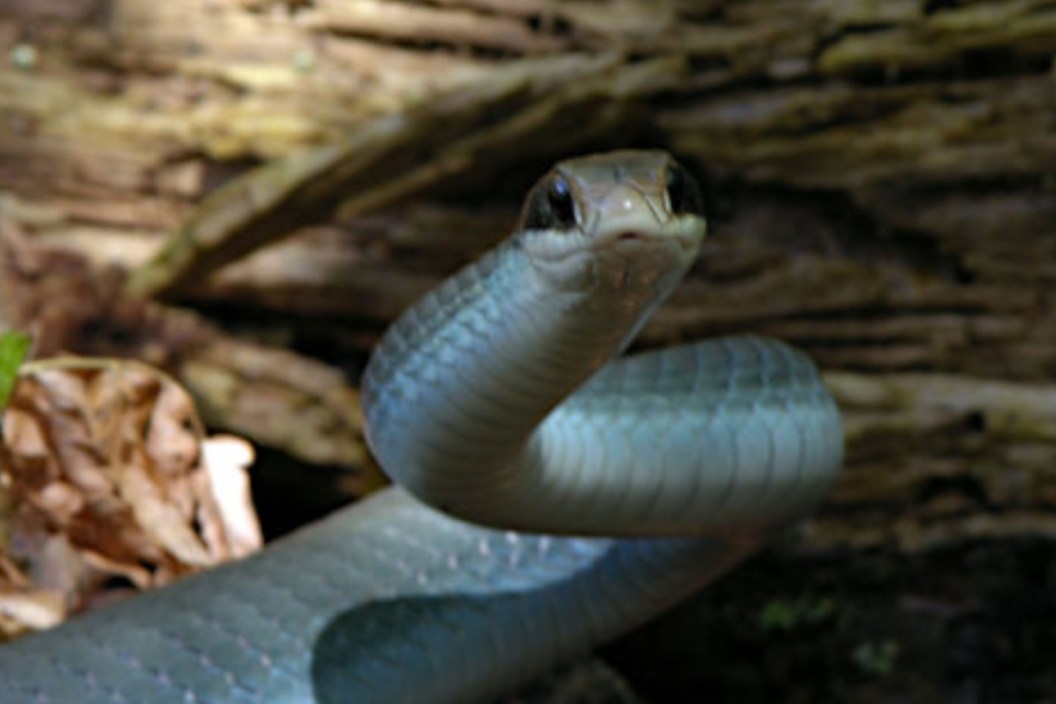
The Blue Racer The Facts on a This Big and Fast Snake Species Wide Open Spaces
Blue racer snakes, commonly known as eastern racers are subspecies of Coluber constrictor - a nonvenomous species of colubrid snakes. They are found in large parts of North America. As their name suggests, they can move very fast, at a speed of about 7 km or 4.3 miles per hour. Scientific Classification Quick Information
Snakes Blue Racer Snakes
eastern racer, or North American racerColuber constrictor ), is a of nonvenomous snake in the Colubridae. The species is to North America and Central America. Eleven subspecies, including the nominotypical subspecies, are recognized, which as a group are commonly referred to as the eastern racers. The species is monotypic Coluber
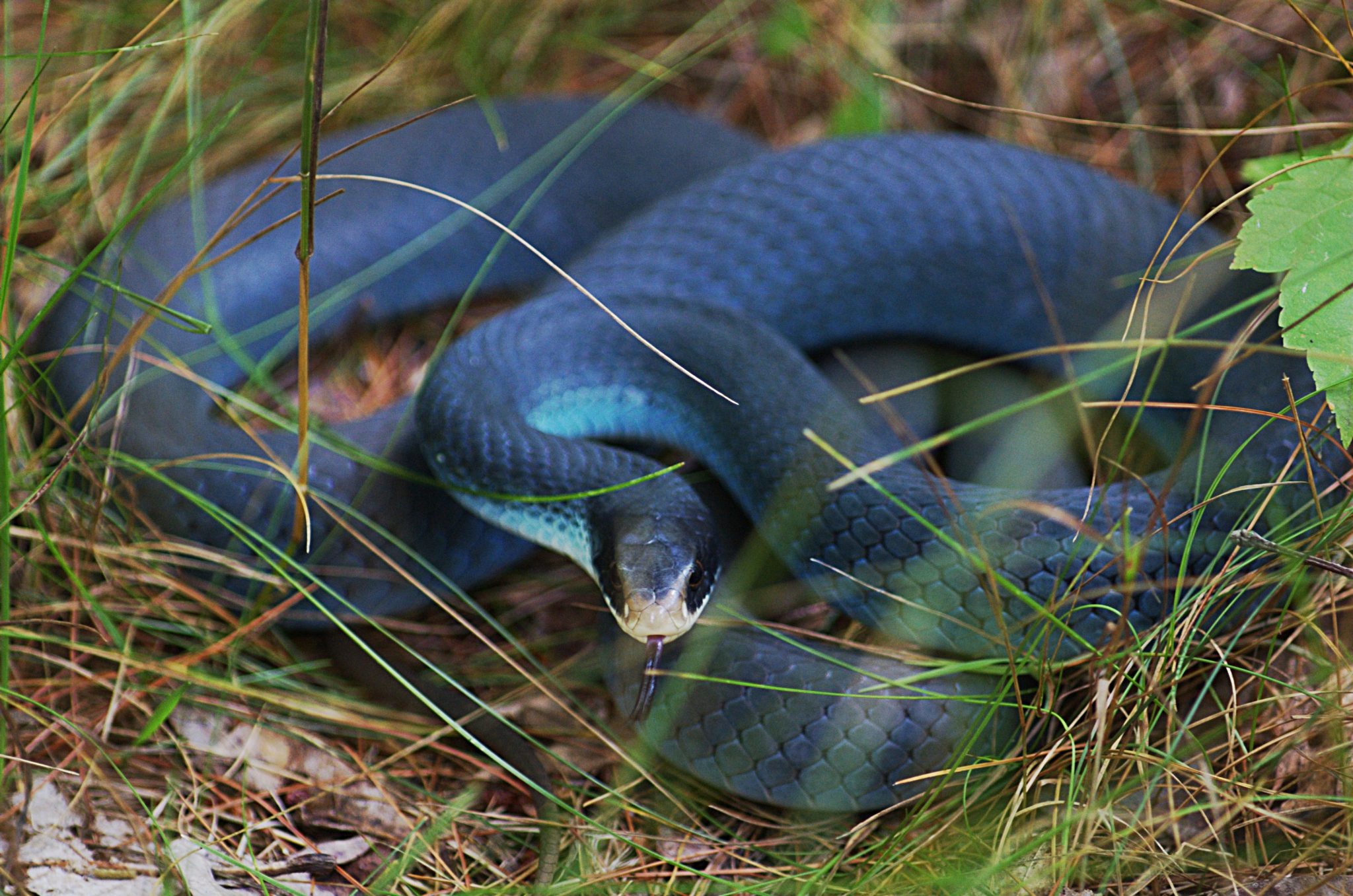
Blue Racer Snake
1. White-Lipped Island Pit Viper White-lipped island pit vipers ( Trimeresurus insularis) can range from a light, almost sky-blue color to a deep jewel toned bluish green. Depending on their range, they are known to have green, yellow and blue populations. This snake has quite a bit of color variation.

Coluber Constrictor Foxii AKA Blue Racer Pics Of Snakes, Pretty Scale, Garter Snake, Snake Venom
Blue racers are the central and western North American subspecies of C. constrictor; they are plain bluish, greenish blue, gray, or brownish, sometimes with yellow bellies. The eastern subspecies is called black snake; it is all black except for a patch of white on its… Home Science Birds, Reptiles & Other Vertebrates Reptiles Animals & Nature
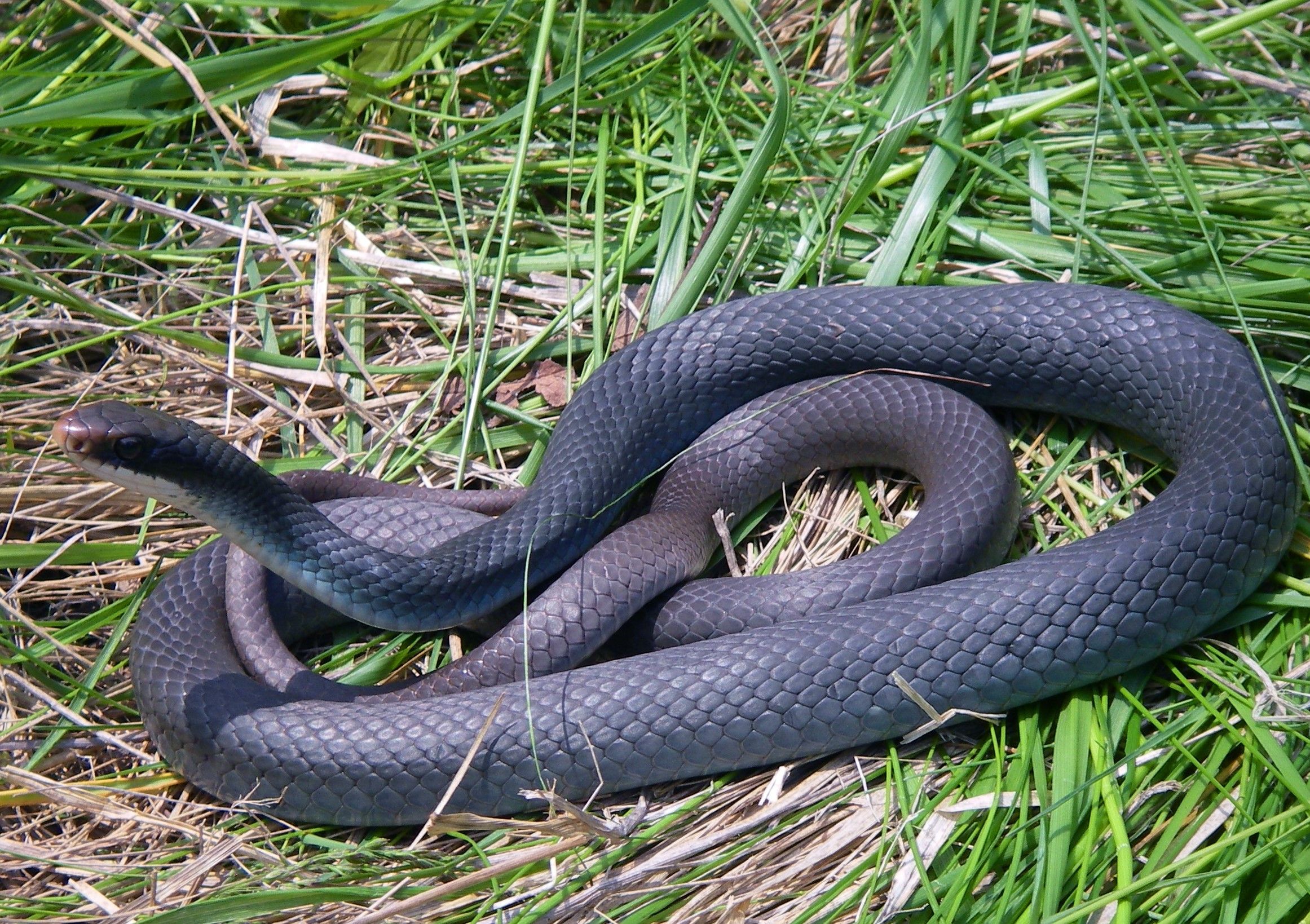
Saving the blue racer Wildlife Preservation Canada Blog
Blue racer snakes are one of the few blue snakes in the world and are unique for their coloration and distinctive black mask. They are slender and fast-moving, with a high metabolism that allows them to slither up to 4 mph. While desired as pets, they are flighty and prone to biting, making them not recommended for new snake keepers.
Snakes Blue Racer Snakes
The blue racer is a large snake, ranging between four to six feet in length. In Ontario, it ranks among the province's largest snakes. Its back has a shiny tinge to it, and solidly colored in bluish, greenish, or sometimes, grayish shades. Its ventral scales are creamy white to light blue in color.

What Do Blue Racer Snakes Eat? Pet Food Guide
The blue racer snake is a diurnally active subspecies of the eastern racer. Being intolerant of high levels of human activity for most of its active season, the colubrid tends to stay in areas with low human population density. In fact, they are one of the first snakes to disappear from developing suburban areas.
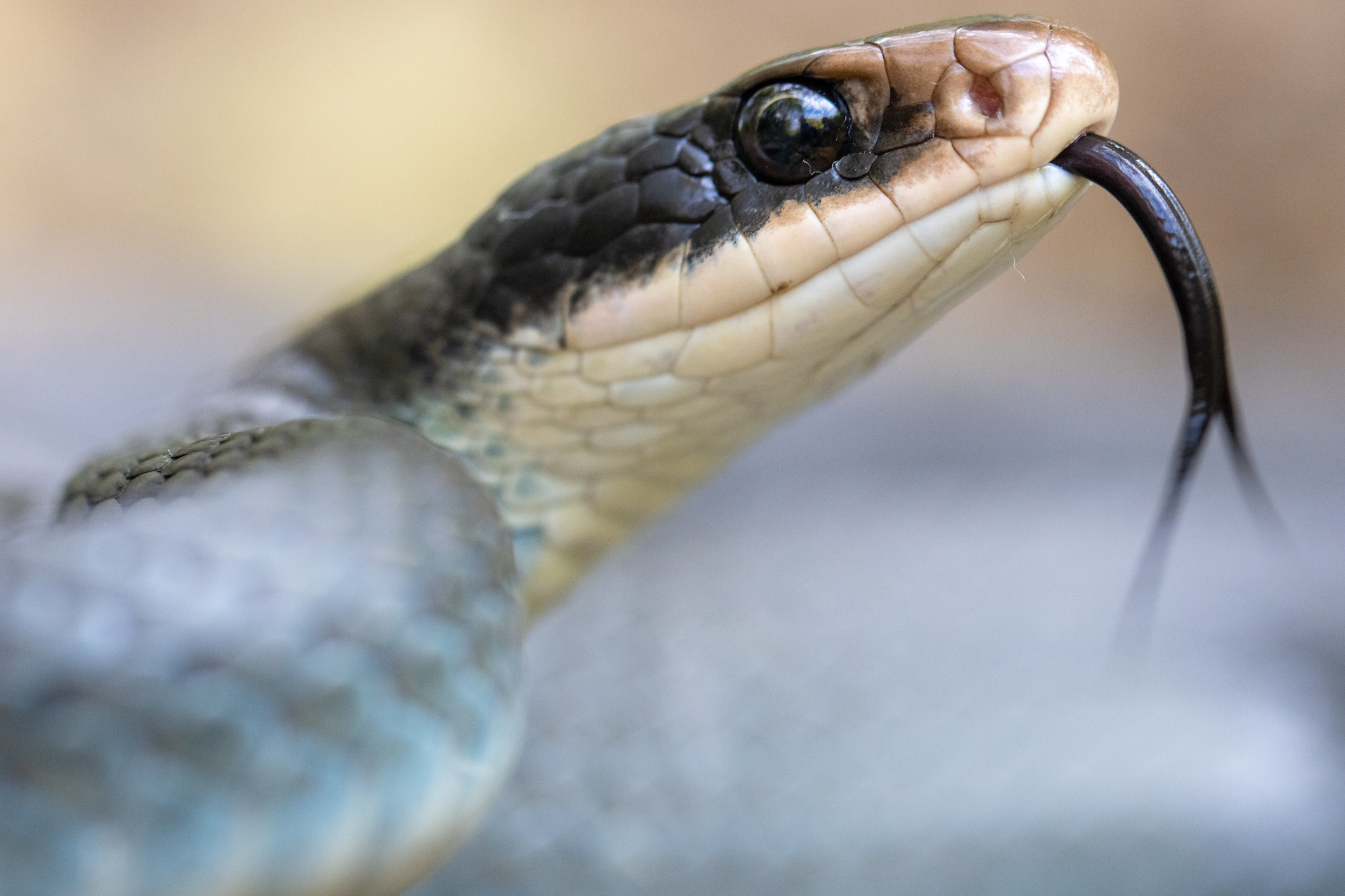
Day in the life of a blue racer snake researcher Wildlife Preservation Canada Blog
Out and about in the woods looking for morels and instead find snakes! Three encounters with blue racers in a single day! This beautiful snake is FAST and so.

Pin on Sn
Reptilia Order Squamata Family Colubridae Genus Coluber Scientific Name Coluber constrictor foxii Read our Complete Guide to Classification of Animals. Blue Racer Conservation Status Least Concern Blue Racer Locations North-America Blue Racer Facts Prey Insects, rodents, small birds, frogs, snakes Name Of Young Snakelets or hatchlings

Blue racer in Illinois. Photo by Kyran Leeker. Reptiles and amphibians, Amphibians, Reptiles
Technically, the Blue Racer is a subspecies of the Coluber constrcitor, which is a species of nonvenomous snake commonly referred to as the Eastern Racer. There are a several different subspecies of the Coluber constrictor, many bearing the name "Racer" in it's non-scientific name.
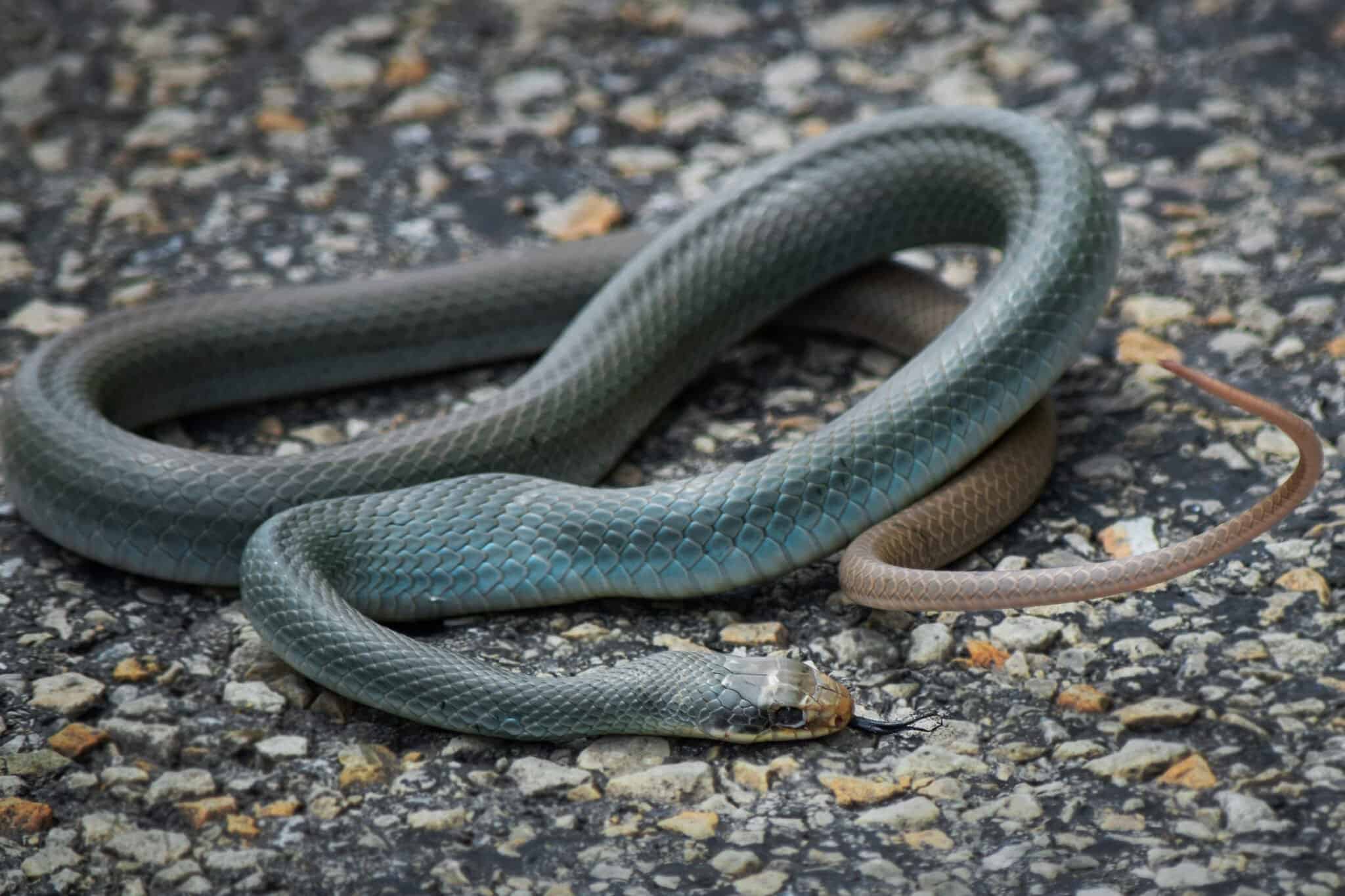
Discover 13 Blue Snakes AZ Animals
The blue racer snake (scientific name Coluber constrictor foxii) is a subspecies of North American non-venomous constrictors known as racers (Coluber constrictor).. Their striking colors pique the interest of reptile lovers, but their high-strung attitude makes them less-than-ideal for captivity.Due to the habitat loss they've been experiencing, they're becoming increasingly hard to find.
Blue racers can live over 10 years, and have been known to communally nest with other species of
The large gray snake or the blue racer tend to have smoother scales across the 4-6 feet long body that is usually lighter in color than the head, even though the chin and throat are white in color. The abdomen is either white or pale blue in color, with a prorated anal plate. The juvenile snakes are grayish in color.
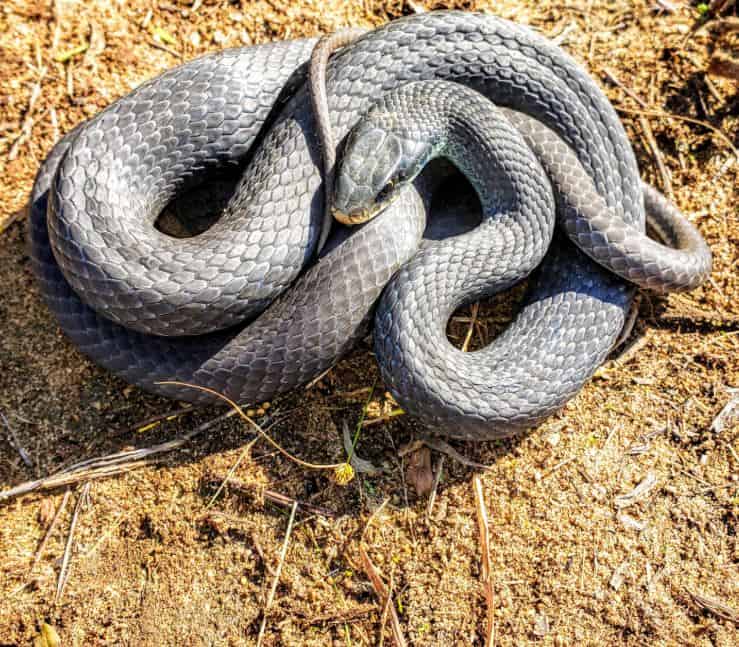
Snake Profile Blue Racer Snake (With Pictures)
The Blue Racer Snake is one of 11 North American racer subspecies. They are part of the Colubridae family - the largest snake family in the world. Blue racers are unique for their blue coloration and distinctive black mask. They adapt to a wide variety of habitats and climates.

16 Facts About Blue Snakes [2023]
The Blue Racer Ontario Nature The Michigan DNR's 60-Second Snakes video series talks about identification tips and information about Michigan's snake species. This episode features the b.